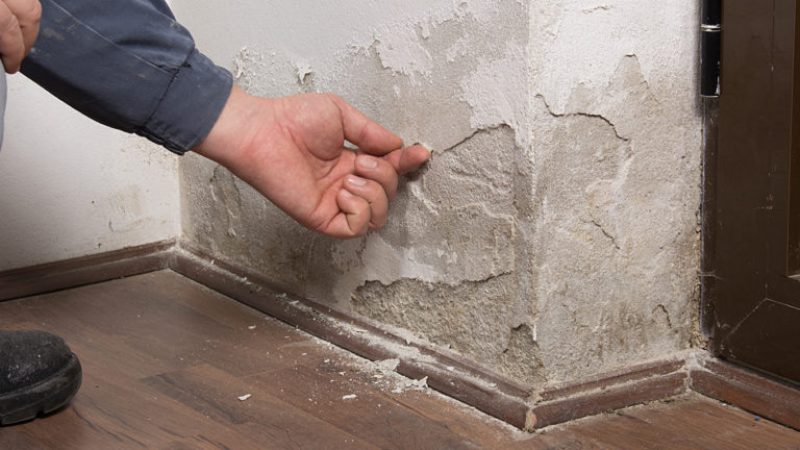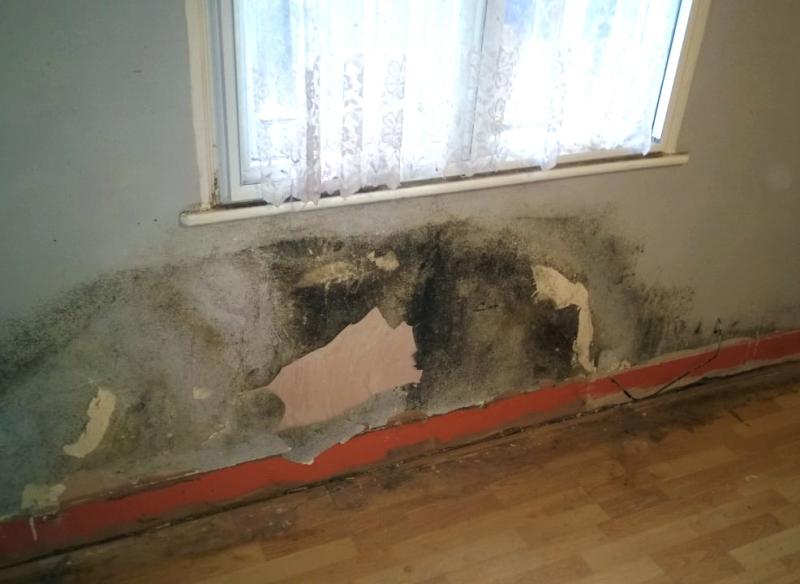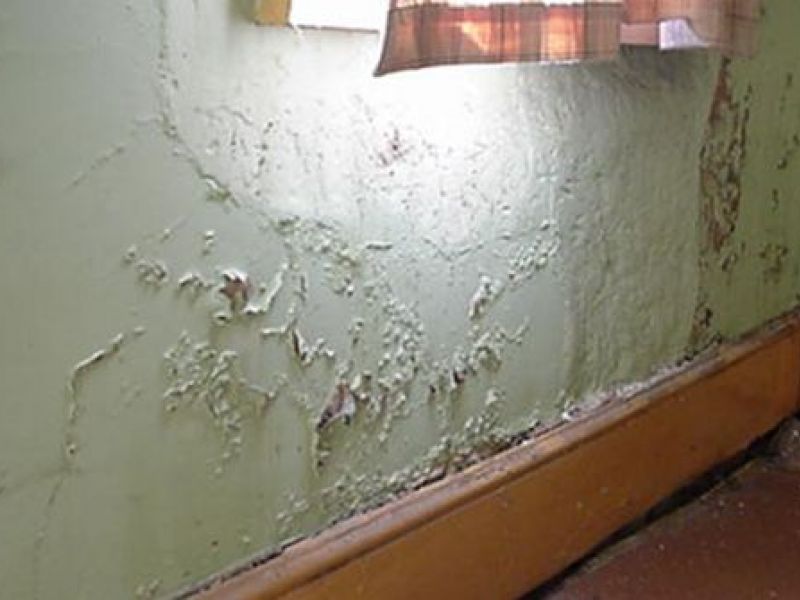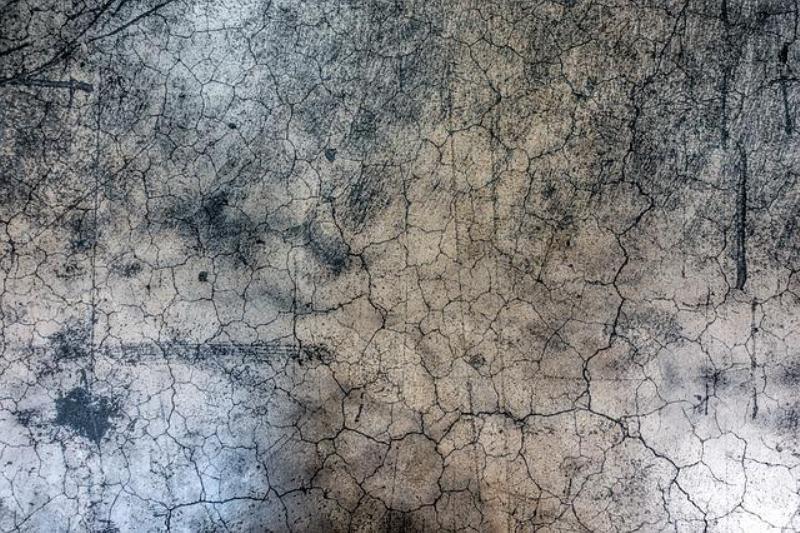Rising damp is a rare and nasty damp problem that affects London homes. In most cases, it should be dealt with by professionals. As damp proofing experts in North London, we are specialised in identifying and treating rising damp. With our professional survey of your home, we can find the source of the damp then create a plan to combat it. In this guide, we’ll explain the details of rising damp and how to deal with it.
What Is Rising Damp?

Rising damp is when groundwater is sucked up through the masonry of a building through tiny holes or tubes. Water spreading via imperfections in the construction like this is called capillary action. Typically, the water contains chlorides and nitrates that are sucked into the walls as well. You’ll first notice rising damp on the internal walls of a house, as tidemarks.
Signs of Rising Damp
Since rising damp is caused by water travelling from the ground up, tidemarks on the walls are usually near the skirting boards. They can be brown or yellow stains, as much as 1 metre high. The salts (the chlorides and nitrates) that get left behind will make paint and wallpaper bubble out and leave behind a fluffy white deposit.
Apart from tidemarks and puckering paint, signs of rising damp include dark patches on walls that are damp to the touch, a damp or musty smell, discoloured or fragmenting plaster, and decaying timber (floorboards, skirting, floor joists). Rising damp can also affect external walls. You’ll see tidemarks and possibly crumbling mortar on outside walls affected by rising damp.
Causes of Rising Damp
Most buildings have walls installed with a damp proof course. Older homes may not have them, or the course has deteriorated over time. It is essentially a water-proof barrier made of non-absorbent materials. Rising damp is a result of either a non-existent, damaged, or bridged damp proof course.
Distinguishing Rising Damp from Condensation

As damp proofing specialists in North London, we often see rising damp misdiagnosed as condensation. Condensation is a much more common damp problem that may not require professionals to fix. As a result of this mix-up, the proper treatment may not be given and the rising damp problem persists.
Generally, rising damp will cause moisture within the masonry or mortar of a building whereas condensation will not. Rising damp may, therefore, be indicative of a much deeper structural problem than condensation. If you’re confused about whether the damp in your home is condensation or rising damp, contact a qualified professional to conduct a survey. At Damp Proof London, we can provide a survey to properly assess the nature of your damp problem.
How to Treat Rising Damp
If you suspect rising damp in your home, call a damp proofing specialist. This professional will likely proceed in the following steps for dealing with rising damp.
Check and Repair the Damp Proof Course
As the problems with the damp proof course could be the main cause of rising damp, this is the first thing to check. Experts will be able to verify this for you, but you might be able to spot the course as a thin strip at the bottom of an external wall. To repair the damp proof course, a professional will drill holes in your wall and inject a chemical cream that acts as the new course.
Check External Walls

If the damp proof course isn’t the problem, then it may lie with your exterior walls. The course should be at least 15 cm above ground level. If the ground next to your walls has built up around this, it could be causing damp. With professional help, you can dig away the built-up soil around the external walls.
Damp-proofing
Another option for combatting rising damp is “tanking” floors and walls. Tanking is adding a damp-proof coating to seal off moisture. Walls and floors that require tanking must be prepared first, then repainted or refinished afterward. Although this can be costly, a damp proofing specialist might suggest this solution for your rising damp problem.
Summing Up
Rising damp can be hazardous to both your health and your property. If you suspect your home is affected by rising damp, call a London damp proofing professional like Damp Proof London. We can efficiently ascertain the cause and extent of the rising damp and prepare solutions for you.






